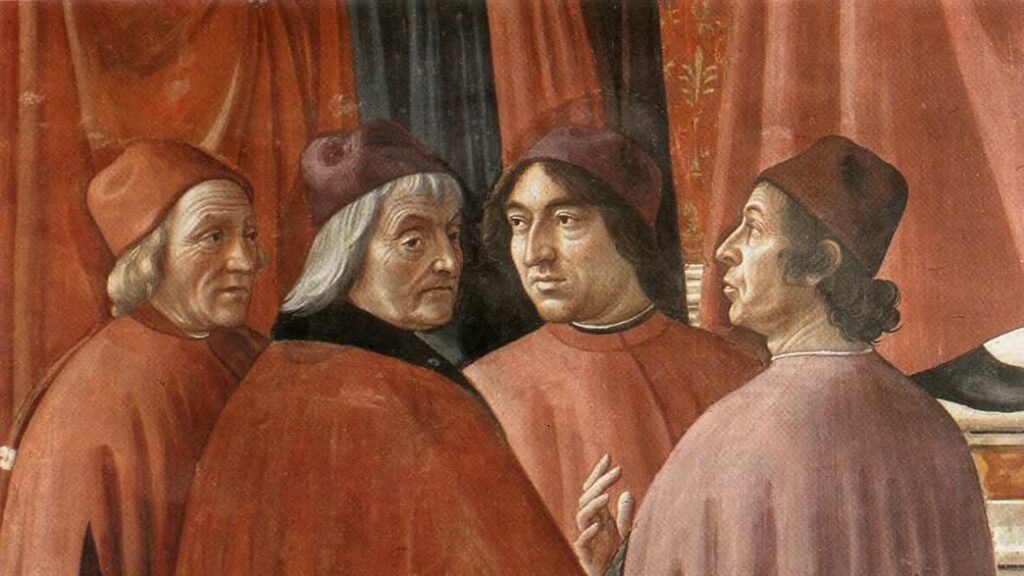
Christians Reading Pagans — The Renaissance
Part IV of an Ongoing Series: read Part I, Part II, and Part III.
A rather strange paradox confronts us as we consider the Renaissance: that as we move forward in time out of the Middle Ages, the more remote reaches of the ancient past open up to us. In the matter of classical Greek literature and philosophy, Renaissance scholars had texts and translations that far outnumbered those available to the best western writers between Boethius and Petrarch. In effect, this more than anything else can be said to characterize the western Middle Ages as a distinct cultural epoch: that the Greek poets, and the poetic philosopher Plato, were largely unknown except as a rumor and a shadow, in excerpts and allusions but not in substance. The Christian west was, as it were, left to its own devices, and thus it developed a highly original and creative approach to the canon of Latin pagan poets, as described in the previous installment to this series.
We see a clear example of this lacuna in medieval western culture when we look at Dante’s treatment of Homer in the Inferno. In the fourth Canto, the pilgrim and Virgil venture into Limbo, where they find Homer leading Horace, Ovid, and Lucan in a procession. Homer’s inclusion in this doughty band of poets here is curious, since Dante could not read Greek and there was no full Latin translation of the Homeric poems to which he would have had access. Clearly the bard’s fame was great, and his name could not be avoided in a list of the most eminent pagan poets; however, the poems themselves were terra incognita for Dante. Thus, later in Canto X of the Inferno, Dante gives us a story of Odysseus leaving Ithaca years after his return, driven by an insatiable curiosity to discover new lands: a narrative found nowhere in the Homeric epics or anywhere else in ancient literature, and one which, frankly, I find irreconcilable with the character of Odysseus in Homer’s Odyssey.
Ancient Roman artistic, literary, and philosophical culture had been catalyzed by an encounter with the Greeks. While it would be a mistake to consider Roman culture wholly derivative of Greek models, at the same time it is overwhelmingly true that the line of influence only went one way—from Greece westward to Rome. Ancient Romans prided themselves on their superiority in the arts of war and rule by law; but they openly ceded the crown of culture to the Greeks. As Horace wrote in the time of Augustus, Graecia capta ferum victorem cepit (“Captured Greece captured her savage conqueror”).This process was repeated in the Renaissance: Greek scholars went on a westward odyssey and captured the intellectual life of Italy; and, through Italy, the rest of Western Europe.
The poet Petrarch has often been called the first Renaissance Man, and with good reason. He was the first to speak of the preceding period as a ‘dark’ age of ignorance and barbarity, culpable for squandering the rich inheritance of the classical world. By the early seventeenth century, at the close of the Renaissance, Petrarch’s dictum had become a truism—authors by that time wrote contemptuously of the media tempestas or medium ævum (“middle time” or “middle age”), distinguished primarily as a long, dark interval between the light of classical antiquity and its revivification in fourteenth century Italy. This estimation was, of course, unfair to the Middle Ages, ignoring its rich cultural legacy of creative appropriation of the sources from antiquity that it did inherit; but this is a digression from our main concern.
Petrarch is also a typical Renaissance man in his desire for Greek learning. He possessed manuscripts both of Homer’s Iliad and Plato’s Dialogues. Like Dante, he could not read them; but, unlike Dante, he was driven by a deep desire to do so. One can imagine Petrarch staring at these volumes on the shelf, pulling them down often and running his fingers over the pages, contemplating the strange, undulating Greek letters and dreaming of the riches they might contain. Admirably, he tried to learn Greek, hiring a southern Italian named Barlaam the Calabrian; when he failed in this worthy endeavor, he settled for hiring another southern Italian named Pilato to translate the volume into Latin for him (southern Italy had a large Grecophone population at that time). Pilato produced a suffocatingly literal version, in essence going word-by-word rather than seeking to produce a fluid, idiomatic Latin version; however, Pilato’s translation and especially his notes, taken from ancient commentators, were treasured by both Petrarch and Boccaccio, who mined them for information to add to his copious encyclopedia of ancient myth, the Genealogia Deorum Gentilium (“Genealogy of the gods of the Gentiles”). (1)
I referred above to the westward exodus of Greeks to Italy during the Renaissance. One of the more famous of these westward pilgrims, though by no means the only distinguished figure among them, was Gemistos Plethon. A scholar so devoted to Plato that he changed his given name to Plethon (a version of Plato), Gemistos was in the Byzantine Emperor John VII Palaiologos’ entourage when he visited Florence, Italy, in 1438 to try and heal the Great Schism between the Latin and Greek churches. The attempt at reunion was ultimately unsuccessful; however, Plethon used his time in Florence to give lectures on Platonic philosophy which were attended by many of the city’s literati. Among these was the wealthy Cosimo de’ Medici, who went on to found an informal Platonic Academy of his own, headed by the brilliant Florentine scholar Marsilio Ficino. This circle of Italian literary and philosophical figures that included de’ Medici, Ficino, and many others, was highly charged by Plethon’s appearance in Florence. Ficino called him a ‘second Plato,’ dedicating his Latin translation of Plotinus’ Enneads to the man, whom he clearly saw as his master. Other Greek scholars followed in Plethon’s wake, bringing their knowledge of Greek language, literature, and philosophy to the Occident; and with them they carried a treasury of Greek texts.
When we consider eminent figures of the Italian Renaissance, most of us likely find the names of artists and architects coming first to the tongue: Leonardo Da Vinci, Michelangelo, Raphael, Botticelli. In the realm of letters, the figure of Marsilio Ficino deserves to take the pedestal alongside these greats. Ficino, a Catholic priest and scholar, exemplifies the new conjunction of rhetoric and philosophy in the Renaissance, two branches of learning that had largely been separated in the Middle Ages. Medieval philosophy was highly formalized, as anyone who has read one of Thomas Aquinas’ quæstiones can attest. It was influenced more by the relentless logic of Aristotle’s works than by the poetic, visionary form of Plato’s dialogues. Ficino, although he had studied (and appreciated) Aquinas and other medieval philosophers, broke their mold by writing philosophical works more redolent of the Platonic inheritance.
Indeed, Ficino also exemplifies the new, overtly Platonic direction of philosophy in the Renaissance. He undertook the massive labor of translating all of Plato’s dialogues into Latin, providing introductions and commentary with each one. Boethius a millennium before had tried the same thing, but he died before completing this work, bequeathing only one translated dialogue to the Middle Ages: the Timæus. Ficino completed his labor, and added to the Platonic corpus later works in the same tradition by Plotinus, Proclus, and Iamblichus.
I have now said much about the fascinating ‘outer’ history of this period, but what of its own attitude towards the pagan inheritance? The Renaissance in some ways recapitulated the attitude toward the pagan classics that held sway in the early Christian world of the eastern mediterranean. Indeed, Basil’s Letter to Young Men, discussed in a previous installment in this series, was translated into Latin by the Italian humanist Leonardo Bruni in the late fourteenth century, and it became the most influential patristic text of the period. (2) Basil’s attitude of qualified approval held sway among many of the Renaissance humanists; but some went further in their affirmation of pagan myth as a source of truth, not merely a treasury of stories illustrating virtues and vices.
Marsilio Ficino, in works such as Platonic Theology and On the Christian Religion, articulated a vision of the pre-Christian pagans not as deluded, idolatrous fabulists, but as recipients of an ancient wisdom tradition that went back to the dawn of creation. This Prisca Theologia (“ancient theology”), as Ficino called it, can be found expressed in the works of the great philosophers such as Plato and Plotinus; in oracular sources such as the works of Hermes Trismegistus, believed to be an ancient Egyptian sage; in the teachings of religious figures such as Zoroaster; and also, importantly, in allegorical form in the pagan myths themselves.
This notion of pagan literature and myth as embodying a primordial wisdom, a prisca theologia, represents quite a shift from the medieval stance towards paganism! Whereas medieval readers justified their love of Ovid’s myth-telling in the Metamorphoses by convincing themselves that Ovid was a covert convert to Christ, Renaissance figures such as Ficino saw Ovid’s myths as embodying, in a narrative, hidden form, truths that belong to the common inheritance of all mankind. This ‘evolutionary’ understanding of the gradual unfolding of wisdom through the passing epochs of human history, reaching its apex in Christianity, allowed Renaissance readers to appreciate the pagan classics as pagan, without at the same time relativizing away all difference in a syncretistic haze.
While I am getting ahead of myself a little here, I believe that Ficino’s answer to the question ‘Why should Christians read the pagan classics?’ is the most salient one we have encountered yet in this series of explorations on a theme. It is an idea recovered later by the ‘Oxford metaphysicians’—sometimes called, somewhat erroneously, the ‘Inklings’—C.S. Lewis, Owen Barfield, and J.R.R. Tolkien, in their notion of Christ as the fulfillment of the prophecies and prototypes embodied forth in fragmented and partial form in pagan poetry. But more of that anon. The next installment will look at early modernity, including in its purview an investigation into what eighteenth-century colonial American intellectuals such as Thomas Jefferson thought of the pagan classics.
Related Courses:
Myth Made Fact with Louis Markos
Notes:
(1) N.G. Wilson, From Byzantium to Italy: Greek Studies in the Italian Renaissance. Duckworth, 1992: 2–3.
(2) James Hankins, “St. Basil’s Guide to Cultural Appropriation.” First Things, December 7, 2021.
Author John Carr, after attending the Graduate Institute at St John’s College, taught humanities, Greek, and Latin for several years in classical schools. He recently left a homestead in the Green Mountains of Vermont to travel full-time with his family.
Note: Guest bloggers share their own thoughts as classical educators and learners and do not represent ClassicalU.com or Classical Academic Press. If you are interested in writing guest blog content, please contact us with your name, connection to classical education, and ideas for a blog post.


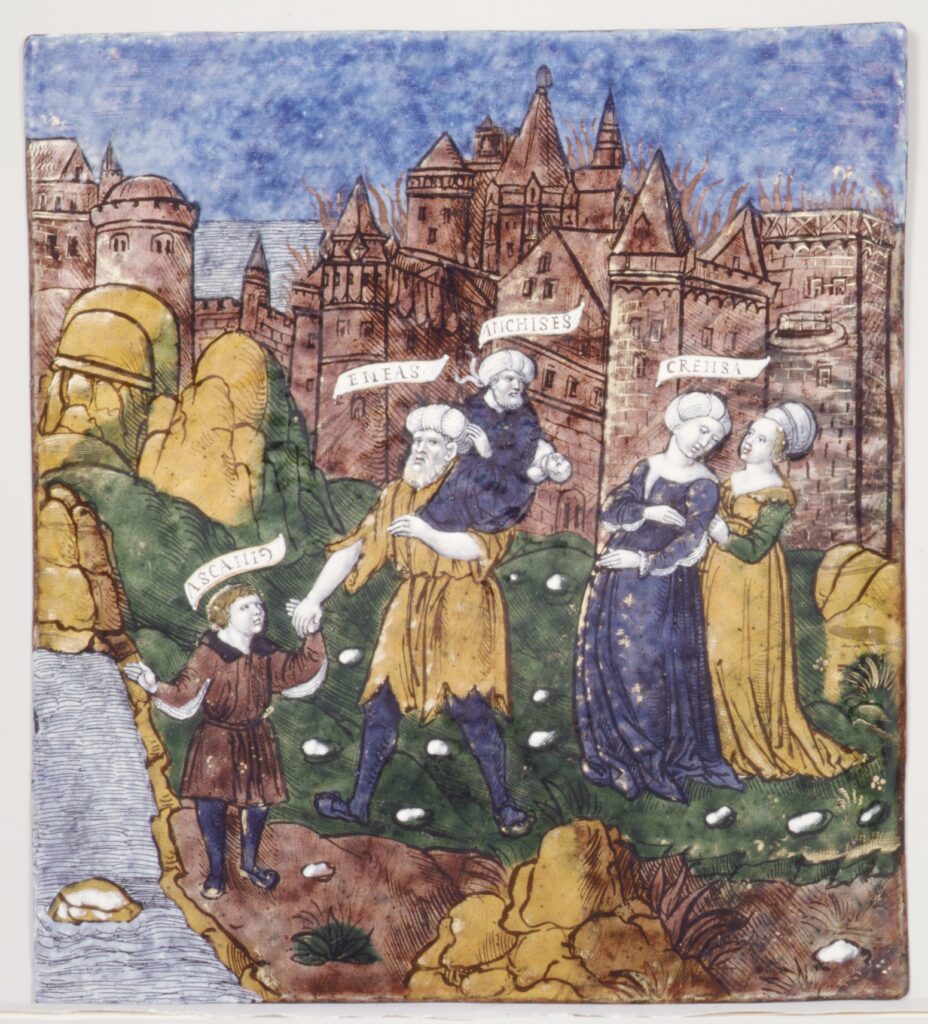
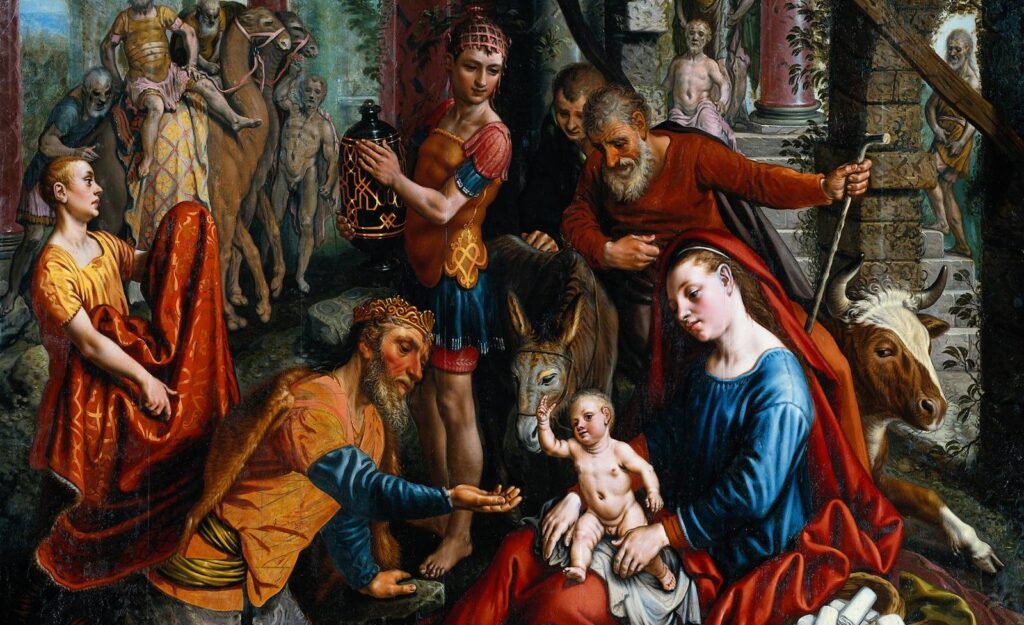
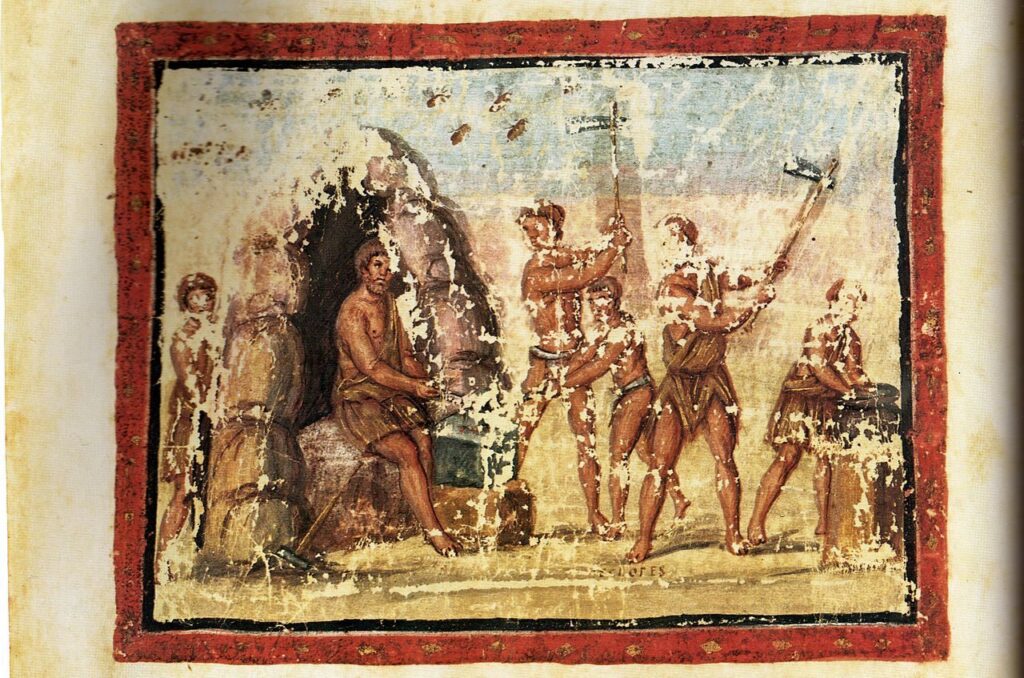
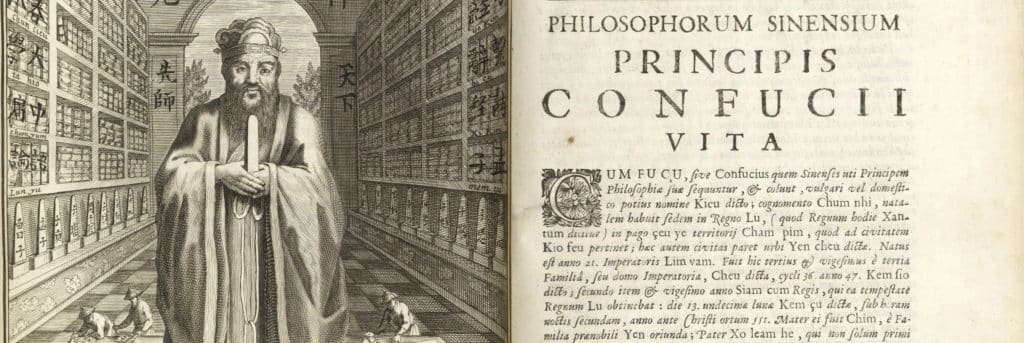
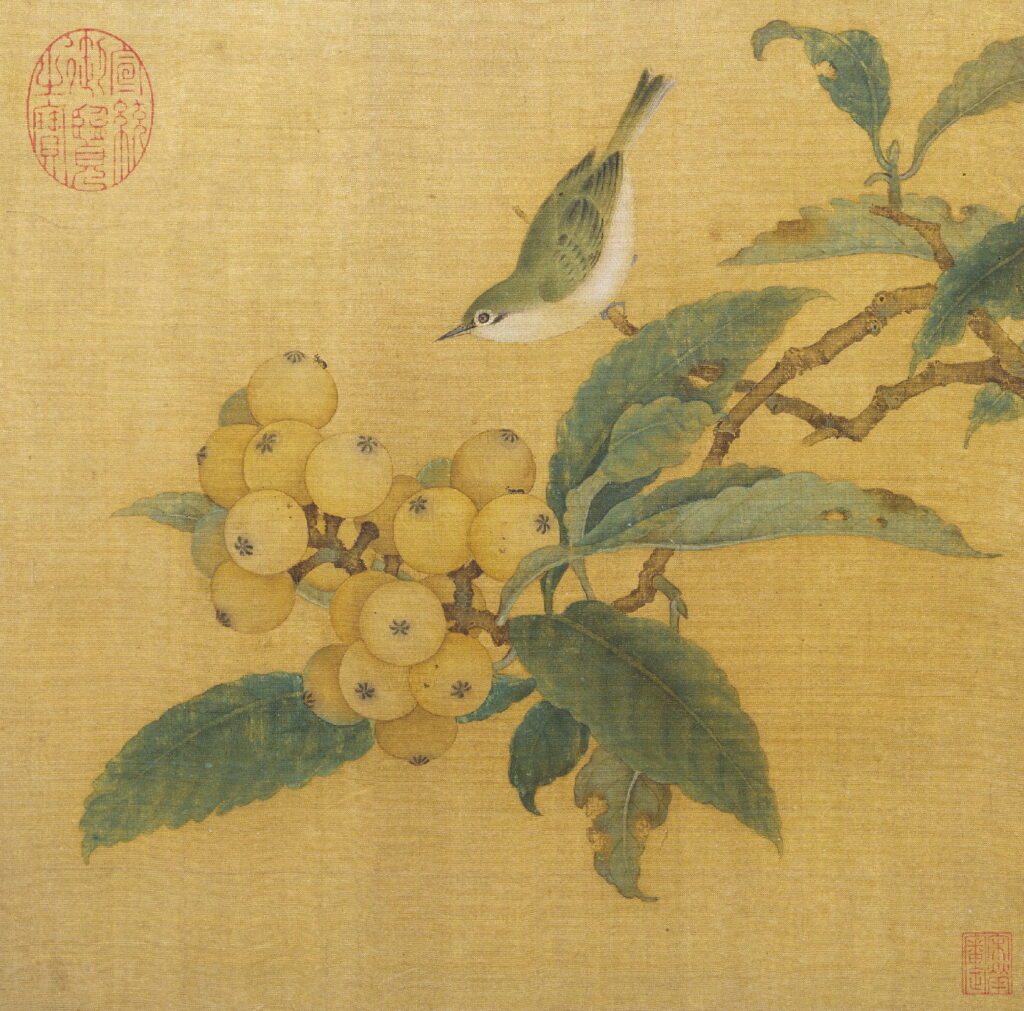

Responses